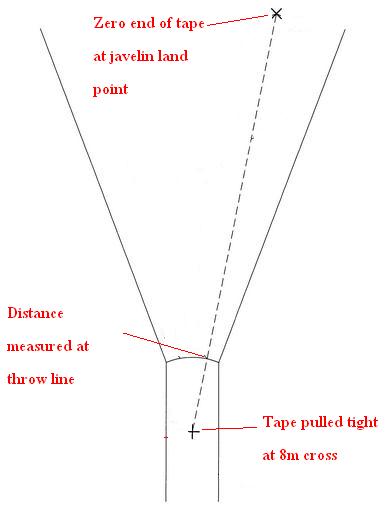
Ashburton Little Athletics Centre Inc
powered by TidyHQJavelin
Javelin
What is a Javelin?
A javelin is a metal or fibreglass implement in the shape of a spear, which the athlete has to throw as far as they can.
Who is allowed to do Javelin?
How heavy is the javelin?
U8, U9, U10 TurboJav 300g
U11, U12, U13G 400g
U13B, U14, U15, U17G 600g
U17B 700g
How do you hold the javelin?
There are three types of grip(applys to both turbojav and javelin):
Regardless of the type of grip used, the javelin should be held diagonally across the palm.
How do you throw the javelin?
When is a foul recorded?
How do I measure?
What are some basic rules?
What are the safety considerations?
What are some “Handy Tips” for conducting javelin?

